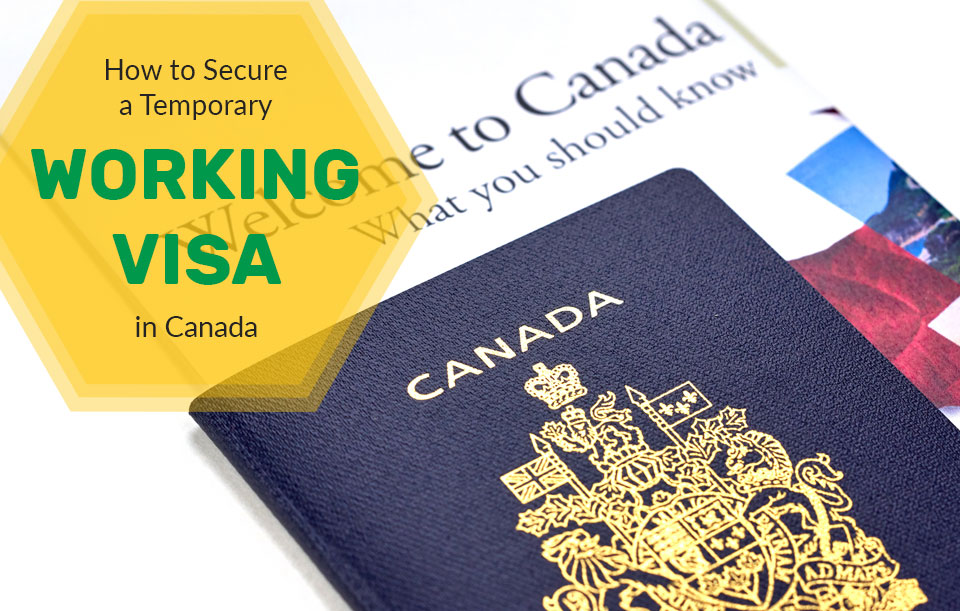Canada Immigration: Canada Evaluation And Assessment
Canada is renowned for its welcoming stance towards immigrants, offering various pathways for individuals to become permanent residents and citizens. However, to ensure that those who wish to settle in Canada contribute positively to its society and economy, the Canadian immigration system employs rigorous evaluation and assessment criteria.
Evaluation and Assessment of Canadian Immigration System
The Canadian immigration system is diverse, accommodating individuals with different skills, backgrounds, and goals. It offers various immigration streams, including:
- Economic Immigration: This stream targets skilled workers, entrepreneurs, and investors who can contribute to Canada’s economy. Programs like the Federal Skilled Worker Program (FSWP), Canadian Experience Class (CEC), and the Provincial Nominee Program (PNP) fall under this category.
- Family Sponsorship: Canadians and permanent residents can sponsor their family members for immigration to Canada, promoting family reunification.
- Refugee and Humanitarian Resettlement: Canada provides refuge to individuals fleeing persecution, conflict, or human rights abuses through programs like the Refugee Sponsorship Program and Government-Assisted Refugees (GAR) Program.
- Temporary Residence: Temporary visas are available for individuals seeking work, study, or tourism in Canada.
Evaluation and Assessment Criteria
1. Point-Based Systems
Many Canadian immigration programs, particularly economic streams like the FSWP and PNP, utilize point-based systems to assess candidates’ eligibility. Points are awarded based on factors such as age, education, language proficiency, work experience, and adaptability.
- Education: Higher levels of education often result in more points. Credentials are assessed for their Canadian equivalency through designated organizations like the Educational Credential Assessment (ECA).
- Language Proficiency: Proficiency in English and/or French is crucial. Applicants must undertake language tests like IELTS (for English) or TEF (for French) to demonstrate their language skills.
- Work Experience: Relevant work experience in a skilled occupation enhances an applicant’s eligibility. Experience is evaluated based on its relevance, duration, and skill level.
- Age: Points are allocated based on the applicant’s age, with younger candidates receiving more points.
- Adaptability: Factors such as previous study or work experience in Canada, familial ties, and job offers from Canadian employers can contribute to adaptability points.
2. Comprehensive Ranking System (CRS)
The Express Entry system, used for managing applications under the Federal Skilled Worker Class, Federal Skilled Trades Class, and Canadian Experience Class, employs the CRS to rank candidates. The CRS assigns points based on factors such as age, education, language proficiency, work experience, and adaptability. Candidates with the highest CRS scores receive invitations to apply for permanent residence during regular draws conducted by Immigration, Refugees and Citizenship Canada (IRCC).
3. Proof of Funds
Many immigration programs require applicants to demonstrate their ability to financially support themselves and their dependents upon arrival in Canada. The amount of funds required varies depending on the size of the family and is updated annually by IRCC.
4. Medical and Security Clearance
All applicants, regardless of the immigration stream, must undergo medical examinations to ensure they do not pose a health risk to Canadian citizens and residents. Additionally, they must undergo security screenings to assess any potential security threats.
FAQs
Conclusion
Canada’s immigration system prioritizes attracting individuals who can contribute to its economy and society while upholding its values of diversity, inclusion, and compassion. Through thorough evaluation and assessment processes, the Canadian government strives to ensure that immigrants integrate successfully into Canadian society and contribute positively to its growth and development. By offering multiple pathways to permanent residency and citizenship, Canada continues to attract talented individuals from around the world, enriching its cultural fabric and fostering economic prosperity









